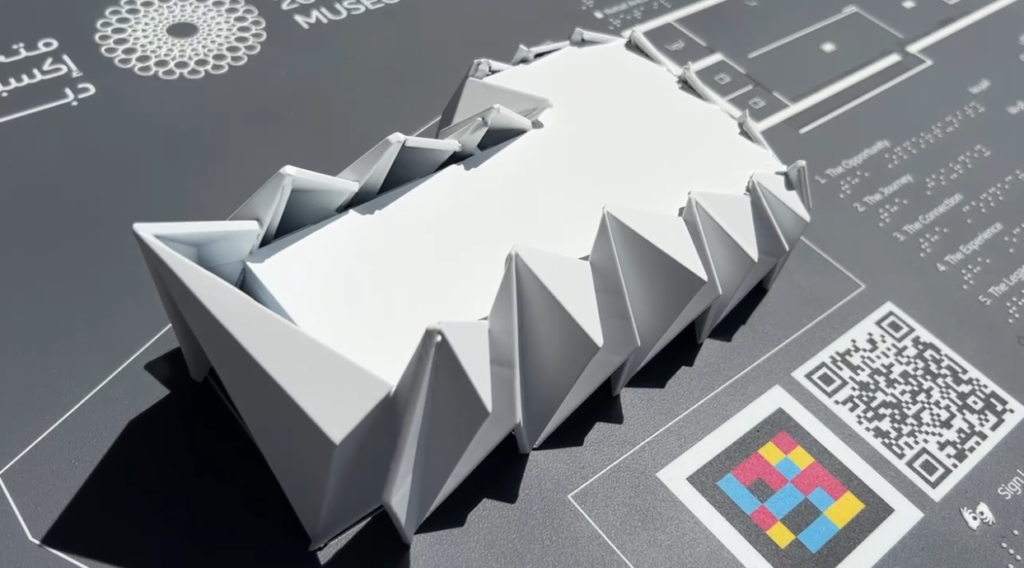
Most people with disabilities from personal lived experience understand what segregation and exclusion feels like. But ask the average disabled person what accessibility means to them, you are pretty much guaranteed to get a different answer every time.
To a wheelchair user, it might mean facilities offering automatic doors, wheelchair ramps, and split-height counters.
To someone with hearing impairments, it might mean a site providing a Counter loop or similar hearing enhancement system or ASL content.
To a neurodiverse person, it might mean access to a quiet/sensory room or hearing protection.
For people with visual impairments, whether they experience blindness, partial sightedness, photophobia, or any other condition – we frequently recommend to our clients that their site facilitates adjustments that help sighted individuals with orientation and navigation. This could include implementing an appropriate amount of color contrast to a site’s aesthetic design, extra consideration for the tidiness of pathways, and ensuring on-site staff has disability awareness training available to them.
Because of the enormous variation of the human experience, Direct Access are constantly looking for new ways to push what accessibility is and can be, encouraging clients to look beyond legislation to offer an enjoyable experience for a wide range of people, not just what is demanded by the law. In the spirit of this, we continue to be hugely excited of the potential that technology presents for increasing accessibility across the world for disabled people.
A new path to accessibility that Direct Access has pioneered is our Tactile Models and Handling Objects, which we 3D print ourselves in our Innovation Centre alongside our signature product; the Tactile Map Board.
Our journey into 3D printing for accessibility and inclusion began gradually, beginning with the production of Dungeons and Dragons dice with embedded braille, helping partially-sighted adventurers roll for their ability checks independently. But today, our tactile objects are larger in scale – spanning everything from animal replicas to miniaturised models of iconic pieces of architecture.
Our tactile models are either scaled replicas of real-life objects, or miniaturized versions of large-scale objects, designed to appeal to our ‘touch’ sense, inspiring the imagination and offering a different perspective. They have proven particularly successful in nature parks and museums; places where objects, animals, and experiences are traditionally experienced visually, appealing not only to people with disabilities but also children.
Most recently, one of our tactile model replicas has been installed outside the Expo Museum in Dubai, United Arab Emirates.
It is our signature product, however; the Direct Access Tactile Map Board, that represents the future of accessibility, packing a diverse range of features making everyday navigation simpler for people with visual impairments, combining the physical with the technological.
As well as offering braille interpretation with raised characters, the Tactile Map board is ready-equipped with Sign Language and audio-descriptive content, which can be accessed via QR codes, providing visitors with wayfinding details that can help them navigate complex environments.
Not only does its range of features benefit people with visual impairments, but it also facilitates accessibility for people with hearing impairments, neurodivergent conditions like autism, and sign language users.
Since accessibility means something different to every individual, we believe the delivery of accessibility services should be malleable, diverse, and innovative.
Our goal, by introducing the world to our tactile products, is to create a world that accommodates the personal requirements of as many people as possible by providing a range of options for interactivity. Though there are no laws or legislation surrounding braille, Sign Language video, or audio description provision – going beyond legislation requirements and delivering an experience that is truly inclusive is what we believe ultimately makes a difference to people’s lives.
If you are interested in learning more about our accessible products, visit our Accessible Media page here; Accessible Media – Direct Access Middle East (directaccessgp.com)